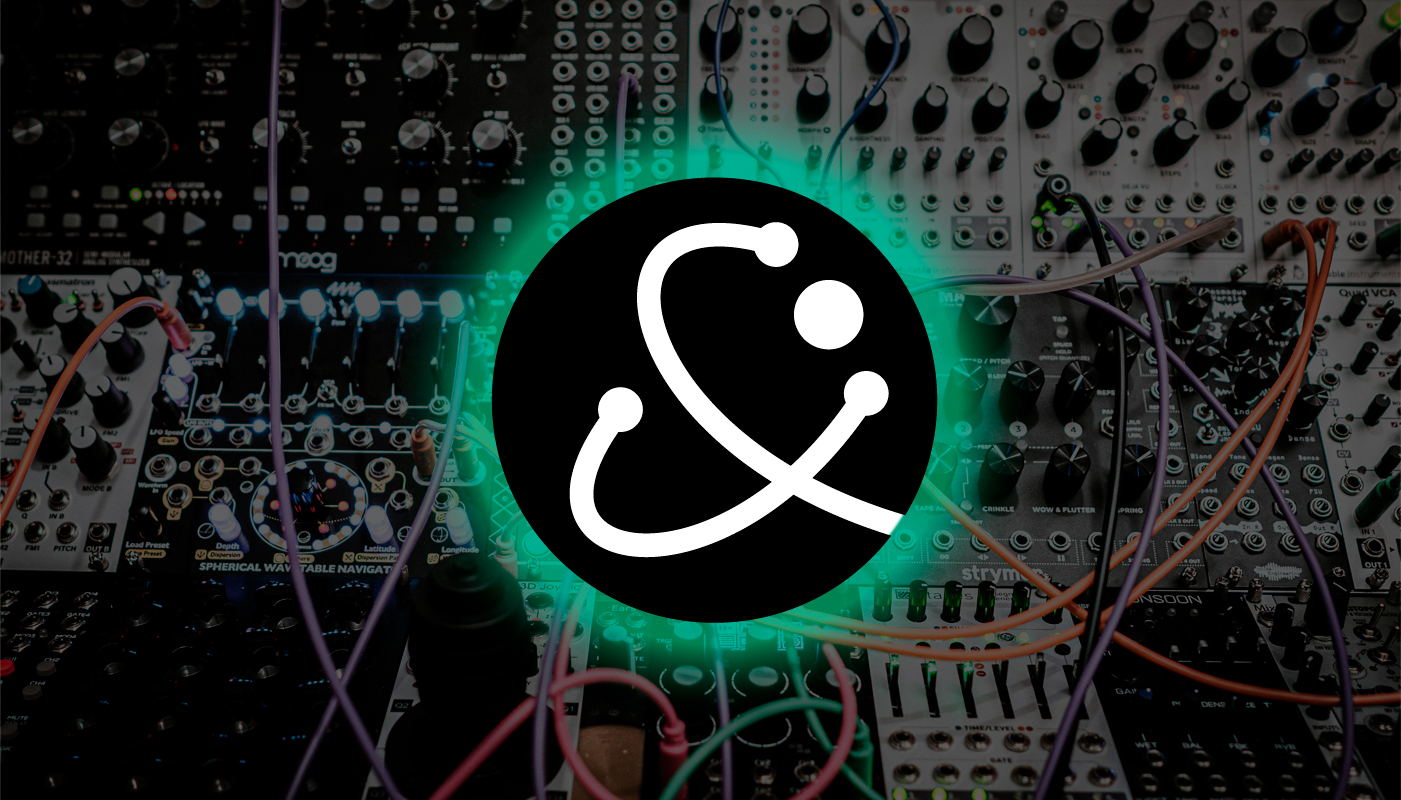Bjooks: PATCH & TWEAK Club Unveils September’s Explorations in Rhythm, Modular Sound, Genre Bridges, Playful Instrument Design & Performance
From the 909’s legacy to the “tingle scale,” Heidi Chan’s modular journey to Maywa Denki’s playful inventions, alongside live-performance voices and Rick Wakeman’s reflections
Copenhagen, October 22, 2025–– In September, the PATCH & TWEAK Club delivered six new in-depth features that weave together musical history, modular alchemy, cross-genre artistry, sonic playfulness, live performance philosophy, and a candid conversation with prog legend Rick Wakeman. These contributions sharpen the Club’s role not merely as a technical channel but as a cultural, artistic hub for synth enthusiasts around the world.

The TR-909: the Drum Machine That Defined the Future
The month opened with “The TR-909: the drum machine that defined the future,” a reconsideration of how the 909’s hybrid design—combining sampled elements with analog voices, adding step accenting, flam simulation, shuffle, and MIDI compatibility—laid groundwork for dance, techno, and modern beat architecture.
Where the 808 is often given mythic status, this article argues that the 909 represents a different kind of leap—a drum machine built for interaction, groove, and flexible sequencing. Its role in bridging older analog ideas with emerging digital control made it not just a sibling to the 808 but a template for what drum machines could become. The piece invites readers to see the 909 not as a footnote, but as an essential voice in the evolution of rhythm technology.

Inside the Cinematic Laboratory: Secrets of the Tingle Scale & Modular Mastery
Next came “Inside the Cinematic Laboratory: Secrets of the tingle scale and modular mastery”, a behind-the-scenes conversation with Robert, host of the YouTube channel Cinematic Laboratory, where we peer into his methodological obsessions: AI techniques, the “tingle scale” approach to tension building, and his modular ecosystems.
This feature reads like a technical diary, blending narrative, experimentation, and philosophical intent. Robert recounts how his non-musical career in digital systems informed his musical instincts, and how he views modular instruments as ecosystems—spaces not just to patch, but to think, sculpt, and haunt. For modularists, it provides both concrete tips and provocations: how to tune for emotional resonance, how to structure modular chains for dramatic pacing, and where to leave space for serendipity.

From Cantopop to Contemporary Electronics – Talking Modular and Tradition with Heidi Chan
Composer, sound designer, and multi-instrumentalist Heidi Chan traces a path from traditional East Asian music through Cantopop, to a growing modular practice rooted in both heritage and innovation.
Viewed through her own journey, the interview bridges cultural lineage and synthesis. Chan recounts growing up hearing guzheng, piano, and regional genres, eventually encountering the DX7 and early synths. Her transition into modular systems is not an abandonment of tradition, but a recontextualization: how to listen with cultural memory while forging new sonic dialects. The discussion touches on interface design, patch voice choices, and the responsibility of artists forging bridges across sound worlds.

Maywa Denki: Serious About Nonsense
Later in the month, “Maywa Denki: Serious about nonsense” delivered a playful yet illuminating conversation with the creators behind instruments like the Otamatone and their philosophy of “serious nonsense.”
By framing invention through absurdity, the piece argues, Maywa Denki complicates how we think about musical objects—as toys, as art, as critique. Their instruments may appear whimsical, but they provoke reflection on interface, expression, and the boundary between utility and amusement. For those seeking fresh perspectives on design, this feature invites readers to embrace play, subversion, and invention as serious modes of sound creation.

Rick Wakeman on the PATCH & TWEAK Podcast – Episode 3
One of the month’s highlights was “Rick Wakeman on the PATCH & TWEAK Podcast – Episode 3,” in which prog keyboard legend Rick Wakeman joins host Joe Silva (author of The Minimoog Book) to reflect on touring, synth lore, and how the Minimoog shifted power from guitarists to keyboardists.
Rick recounts tales of on-stage synth “rescue missions,” Moog’s intervention when radio bleed invaded a concert, and how he regards the Minimoog as one of the greatest instruments ever made. The conversation is rich in both nostalgia and technical curiosity, inviting longtime synthesists and newer enthusiasts alike to reconsider what instrument mythology means over time.

Three Paths to Performance – Three Artists on Live Electronic Music
Closing out the month is “Three paths to performance – three artists on live electronic music,” a triad of reflections from Saytek, Jeremy Arndt, and Chihei Hatakeyama on how they navigate improvisation, planning, interface, and presence on stage.
Because live performance is different than studio work, each artist frames their own balance: pre-structured frameworks coexisting with responsiveness, how to patch with intentions but leave breathing room, and how to manage risk, tension, and reset in real time. The piece offers rich vignettes into gear choices, workflow, and performative mindset. For those seeking to bring modular or electronic rigs to the stage, this is a deep resource rooted in lived experience.
A Club That Moves Between Archives, Experiments & Performance
Collectively, September’s features embody what PATCH & TWEAK Club aims to be: not a catalog, but a composite of archaeology, speculation, and performance. We traverse the 909’s legacy, peer into method and mystery, listen across traditions, engage with playful design, converse with legends, and share frameworks for live performances facing the unknown.
The Club remains an editorial anchor in the Bjooks ecosystem—not marketing, not reviews, but stories, ideas, and conversations that challenge, teach, and resonate.
To learn more, visit https://www.patchandtweak.com/join-the-club/
